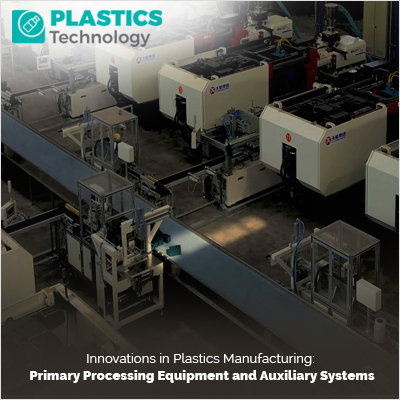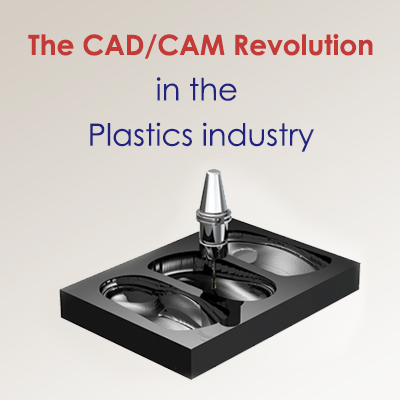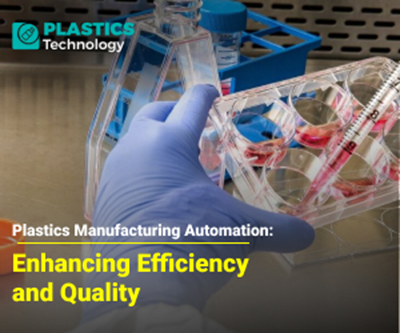Innovations in Plastics Manufacturing: Primary Processing Equipment and Auxiliary Systems

Breaking new ground in the world of plastics manufacturing, innovative primary processing equipment and auxiliary systems are revolutionizing the way plastic products are made. From injection molding machines to extrusion lines and blow molding systems, manufacturers are embracing cutting-edge technologies to enhance efficiency, productivity, and sustainability in their operations.
Primary processing equipment in plastics manufacturing
Injection molding machines
Injection molding machines have undergone significant advancements in recent years, enabling manufacturers to produce plastic products with unparalleled precision and efficiency. These machines utilize a precise injection mechanism to melt plastic materials and inject them into molds. The molds are then cooled and solidified to create the final product.
One of the key innovations in injection molding machines is the integration of intelligent controls. These controls allow operators to monitor and adjust various parameters such as injection speed, pressure, and temperature, ensuring consistent product quality. Additionally, advanced software systems enable predictive maintenance, reducing downtime and improving overall operational efficiency.
Another notable development in injection molding technology is the use of multi-component injection molding machines. These machines can produce complex products with multiple materials or colors in a single operation. By eliminating the need for post-molding assembly, manufacturers can significantly reduce production time and costs.
Extrusion machines
Extrusion machines are widely used in the plastics industry to create a variety of products such as pipes, tubes, sheets, and films. The process involves melting plastic materials and forcing them through a die to give them the desired shape. The extruded materials are then cooled and cut into the desired lengths.
Recent advancements in extrusion technology have focused on improving efficiency and product quality. For instance, the use of twin-screw extruders has become increasingly popular due to their superior mixing capabilities and higher output rates. These machines are capable of processing a wide range of materials, including highly-filled compounds and heat-sensitive polymers.
Furthermore, the integration of advanced control systems has allowed for precise control of process parameters such as temperature, screw speed, and melt pressure. Real-time monitoring and adjustment of these parameters ensure consistent product dimensions and surface finish.
Blow molding machines
Blow molding is a widely used process for manufacturing hollow plastic products such as bottles, containers, and automotive components. The process involves melting plastic materials and blowing air into a mold cavity, which stretches the molten plastic and shapes it into the desired form.
In recent years, advancements in blow molding technology have focused on improving energy efficiency and reducing material waste. For example, the development of electric blow molding machines has significantly reduced energy consumption compared to traditional hydraulic machines. These electric machines also offer precise control over process parameters, resulting in higher product consistency.
Another notable innovation in blow molding is the introduction of multi-layer technology. This technology allows manufacturers to produce bottles and containers with enhanced barrier properties, protecting the contents from oxygen, moisture, and light. By incorporating multiple layers of different materials, such as PET and EVOH, these containers can extend the shelf life of perishable products.
Thermoforming machines
Thermoforming is a versatile process used to create a wide range of plastic products, including packaging trays, automotive interior parts, and medical devices. The process involves heating a sheet of plastic until it becomes pliable and then forming it over a mold using a vacuum or pressure.
In recent years, advancements in thermoforming machines have focused on improving productivity and versatility. For instance, the introduction of servo-driven machines has enabled precise control over forming and trimming operations, resulting in higher product consistency and reduced waste.
Additionally, the integration of advanced heating systems, such as infrared or radiant heaters, allows for faster heating and cooling cycles, reducing overall production time. Furthermore, the use of computer-aided design and simulation software has enabled manufacturers to optimize the design of molds and improve product quality.
Auxiliary systems in plastics manufacturing
Material handling systems
Efficient material handling is crucial for ensuring smooth operations in plastics manufacturing. Automated material handling systems have become increasingly popular, as they minimize human error, reduce labor costs, and improve overall productivity.
These systems utilize conveyors, robots, and sensors to transport raw materials to processing machines and finished products to storage or packaging areas. By automating the material handling process, manufacturers can significantly reduce downtime, improve safety, and optimize production flows.
Moreover, the integration of smart sensors and data analytics allows for real-time monitoring of material inventory levels, facilitating efficient planning and minimizing stockouts. This ensures that production lines are supplied with the right materials at the right time, avoiding unnecessary delays and disruptions.
Cooling and heating systems
Temperature control is critical in plastics manufacturing to ensure proper material flow, solidification, and product quality. Cooling and heating systems play a vital role in maintaining precise temperature conditions throughout the production process.
Advanced cooling systems, such as water chillers and air-cooled units, provide efficient and consistent cooling for molds and extrusion dies. These systems are equipped with intelligent controls that allow for precise temperature regulation, ensuring optimal cooling rates and reducing cycle times.
Similarly, heating systems, such as hot oil units and infrared heaters, provide uniform heating for thermoforming and blow molding processes. These systems offer precise temperature control and rapid heating capabilities, enabling faster production cycles and improved product consistency.
Conclusion: Advancements in primary processing equipment and auxiliary systems in plastics manufacturing
As the demand for high-performance plastics continues to soar across various industries, investing in innovative primary processing equipment and auxiliary systems is becoming increasingly essential. The advancements in primary processing equipment, such as injection molding machines, extrusion lines, blow molding systems and thermoforming machines, have enabled manufacturers to achieve higher precision, efficiency, and product quality.
Additionally, auxiliary systems, including material handling systems and cooling/heating systems, play a crucial role in supporting and enhancing primary processes. These systems streamline operations, minimize downtime, and maximize overall productivity.
By leveraging the latest innovations in plastics manufacturing, manufacturers can stay ahead of the competition, meet stringent quality standards, and deliver exceptional products to customers. The future of plastics manufacturing is undoubtedly exciting, as technology continues to push the boundaries of what is possible in terms of efficiency, sustainability, and product performance.



